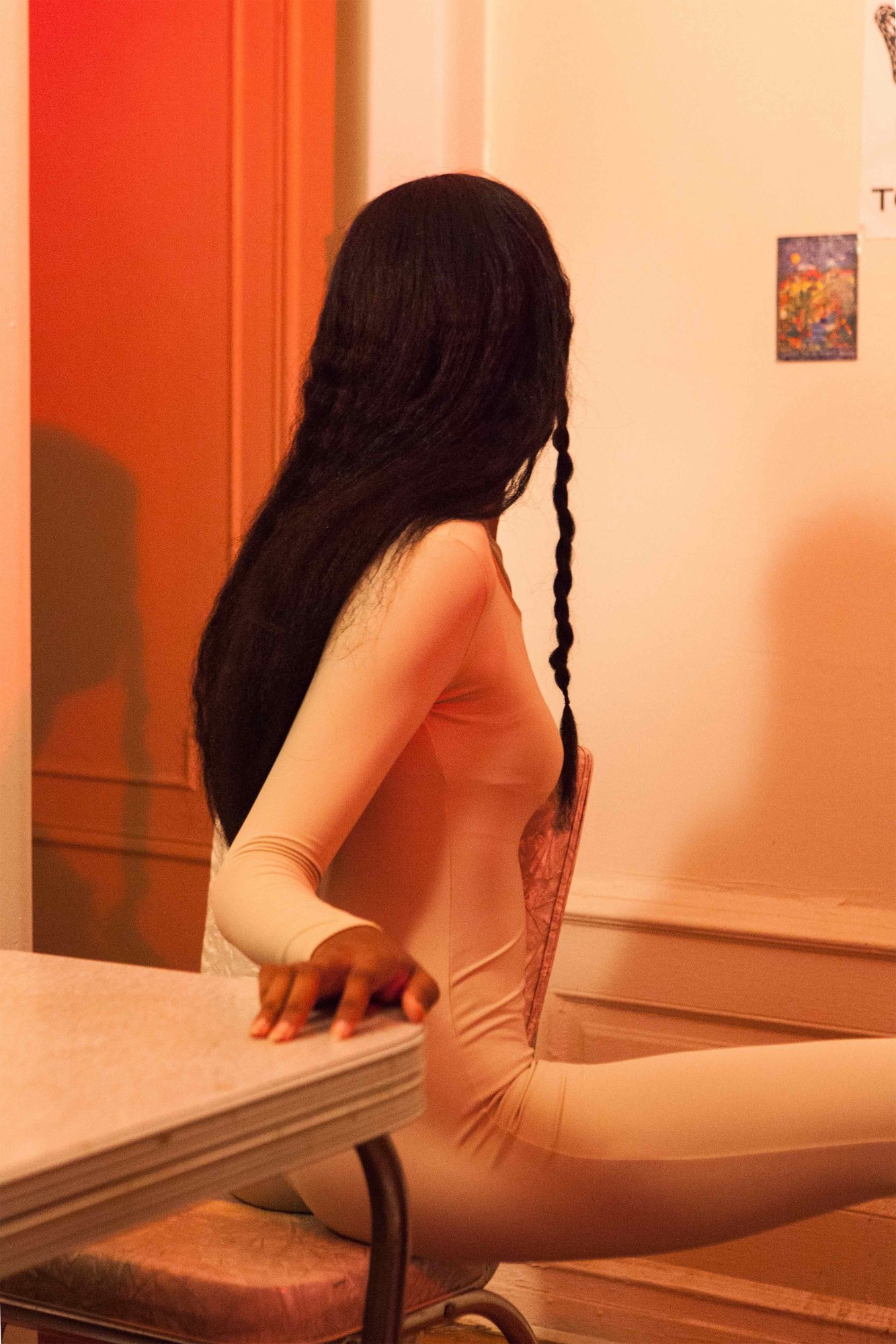Brooklyn-based Elliott Jerome Brown, Jr., born in 1993, is one of a new wave of photographers whose work examines blackness as a subject. With echoes of Carrie Mae Weems and Deana Lawson, his preternaturally wise images show the domestic spaces of black people, with touches of a queer perspective. He’s the guy who comes over to your place, looks around your room, and picks up objects to ask about their origin and meaning. Brown’s attention to detail produces frames that require a viewer to be similarly meticulous. Why a scuffed red Saucony sneaker? Why a lone, long braid? It’s a game Brown plays with us. He dares us to make assumptions about the scenes he shares. Vibrantly colorful and politically impactful, his photographs help us understand the construction of identity—be it mainstream or unconventional. As a show of his work opens in Baltimore, Brown goes deep into abstraction, intimacy, and the stillness.
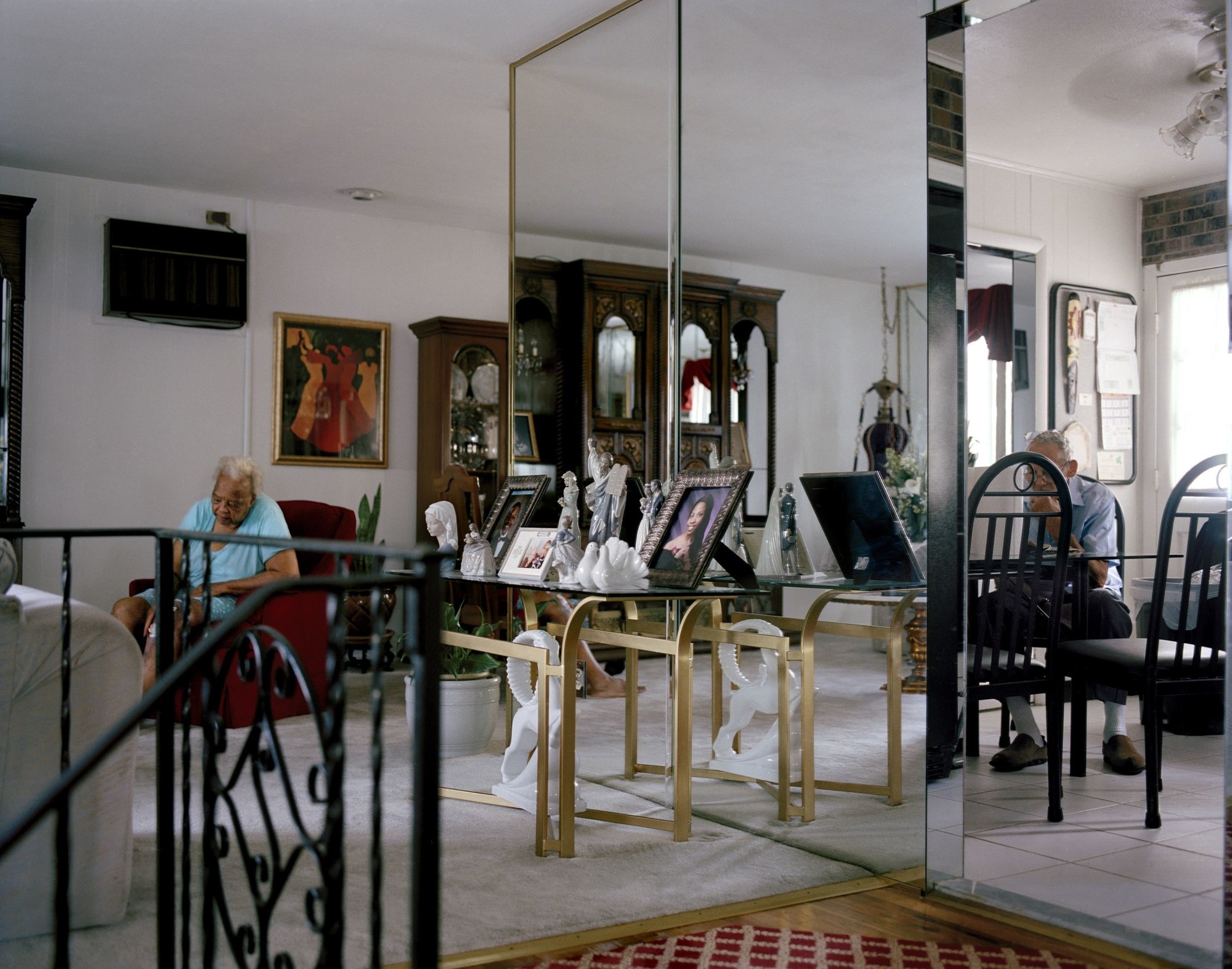
Why do you gravitate towards photography rather than other media?
I enjoy the stillness of photography. With video, I notice that the moments I gravitate towards are those that seem like a still in motion. As though the moment could be distilled into one frame, and all additional movements are layers on top of that frame. For me, photography is equal parts document and abstraction of that document. So while I’m able to visualize things as they appear in front of me, I enjoy defying the suggestion of fact.
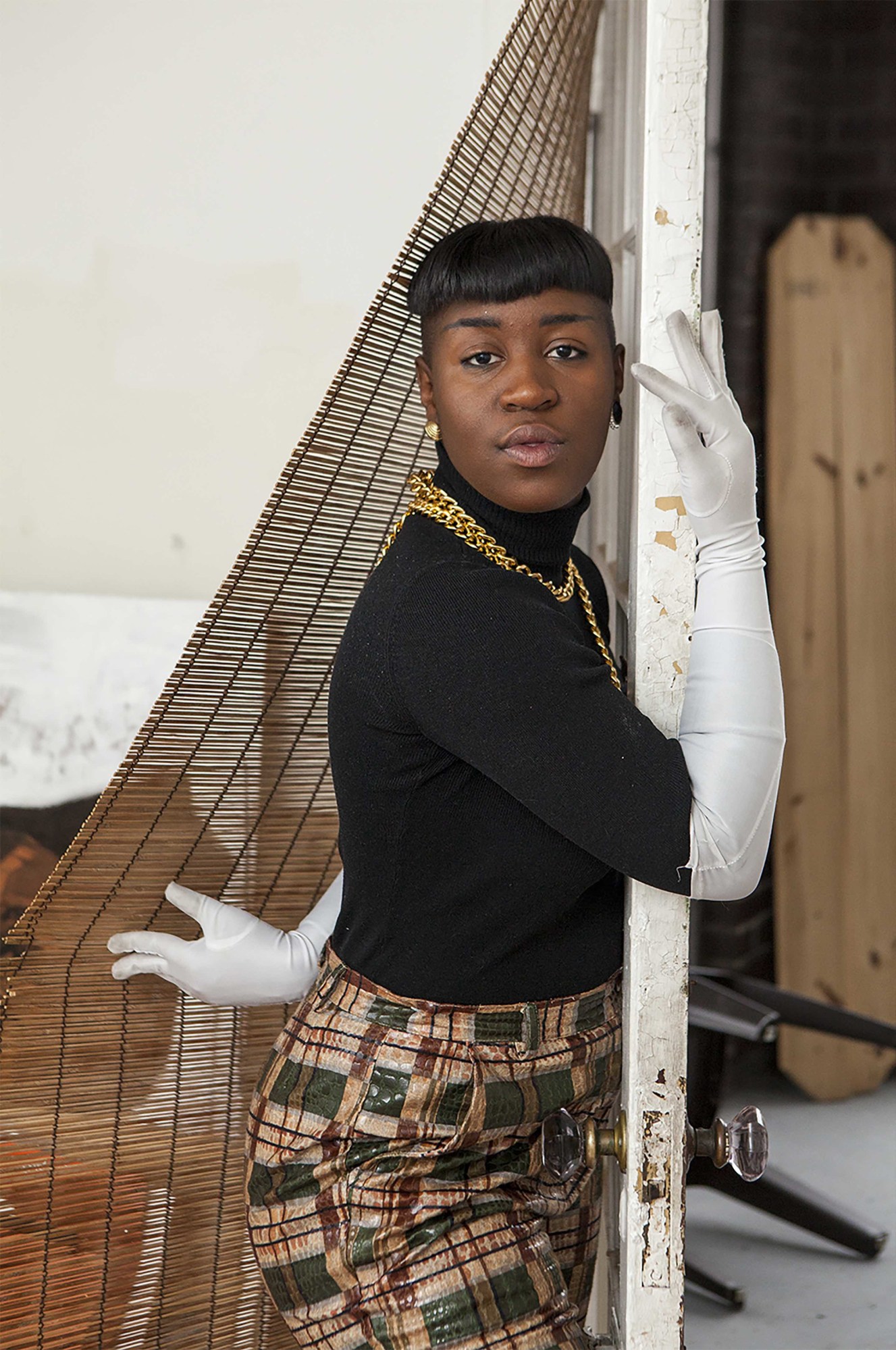
Do you consider that there is a central theme to your work?
I don’t work in series, but have ideas for images I want to create. I’m mostly able to find connections between them, or at least repeating visual cues. I photograph people in their homes because I enjoy the challenge of creating from available resources, especially those that I’m just meeting for the first time. As my work and who I work with moves forward, the common thread between the images is intimacy. My earlier photographs really serve as a theatrical document of my relationship to blackness and sexuality, often noting points of conflict, or reclaiming a sort of power that I thought I’d lost in my ignorance. A lot of contemplation, and inviting the viewer to do so with me. Now I rarely use myself in the image and am more explicit in taking the subject of representation to task. When you are a photographer working within social identity, the images risk an idolatry that can easily move into fetishistic or exploitative territory. So I’m interested in creating something that the viewer can’t see and am able to further parse through that with the installation of the work.
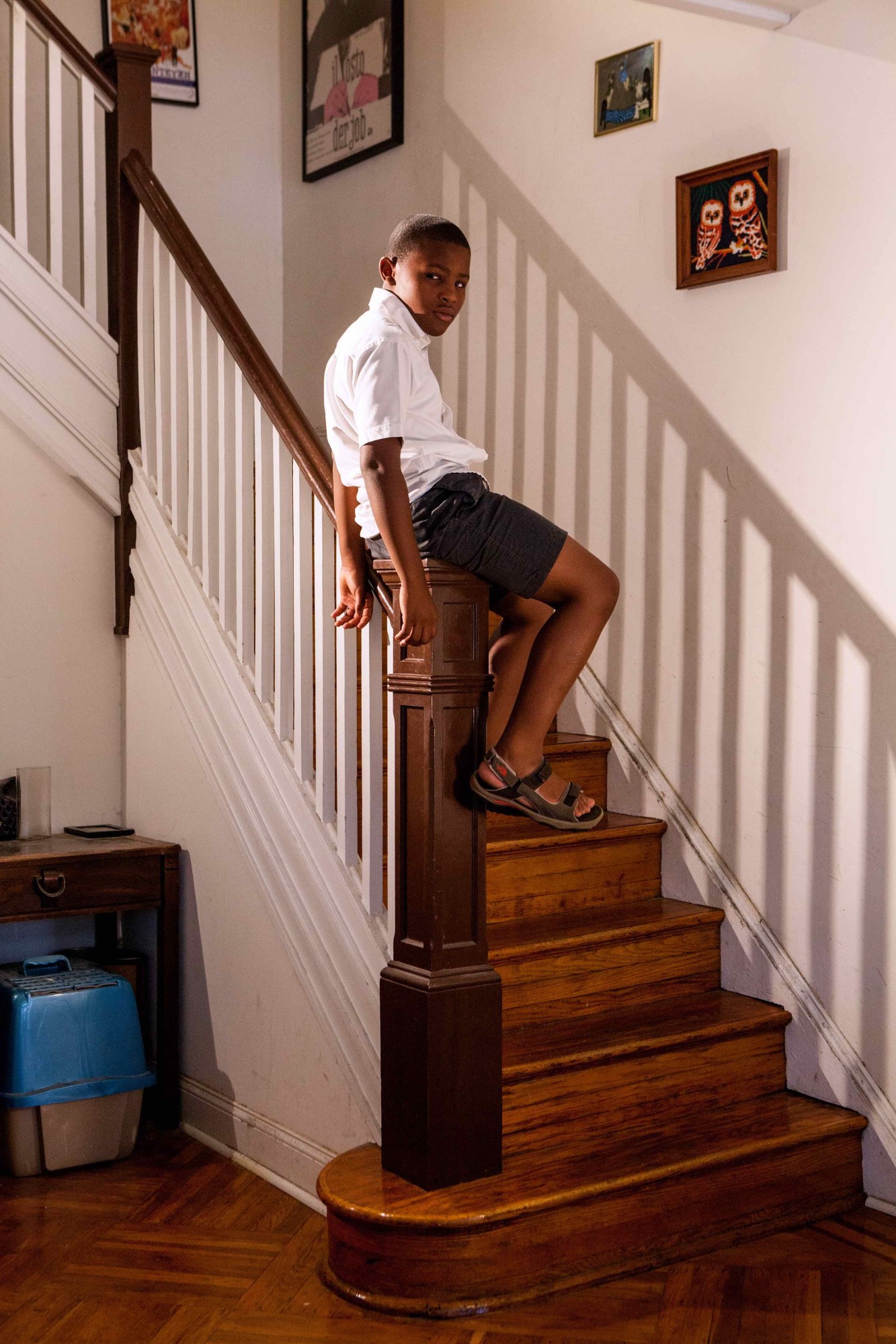
You’re in most of your photos-your personal work in particular. Why is self-portraiture important to you?
I started working in self-portraiture out of convenience, but it soon became about needing to see who I was. At the time I was beginning to understand my sexuality and my expressions. I had also just started college, and though I struggled with internalized racism growing up, was made to realize how much of my experiences, behaviors, and understandings were rooted in blackness. So I was ready to embrace myself. That’s when I became interested in how identities are performed. What did it mean to exist in a collective in relation to history and identity? That said, how much of ourselves belong to ourselves? Those were the questions at the forefront of my mind then that continue to exist as I work with other people.
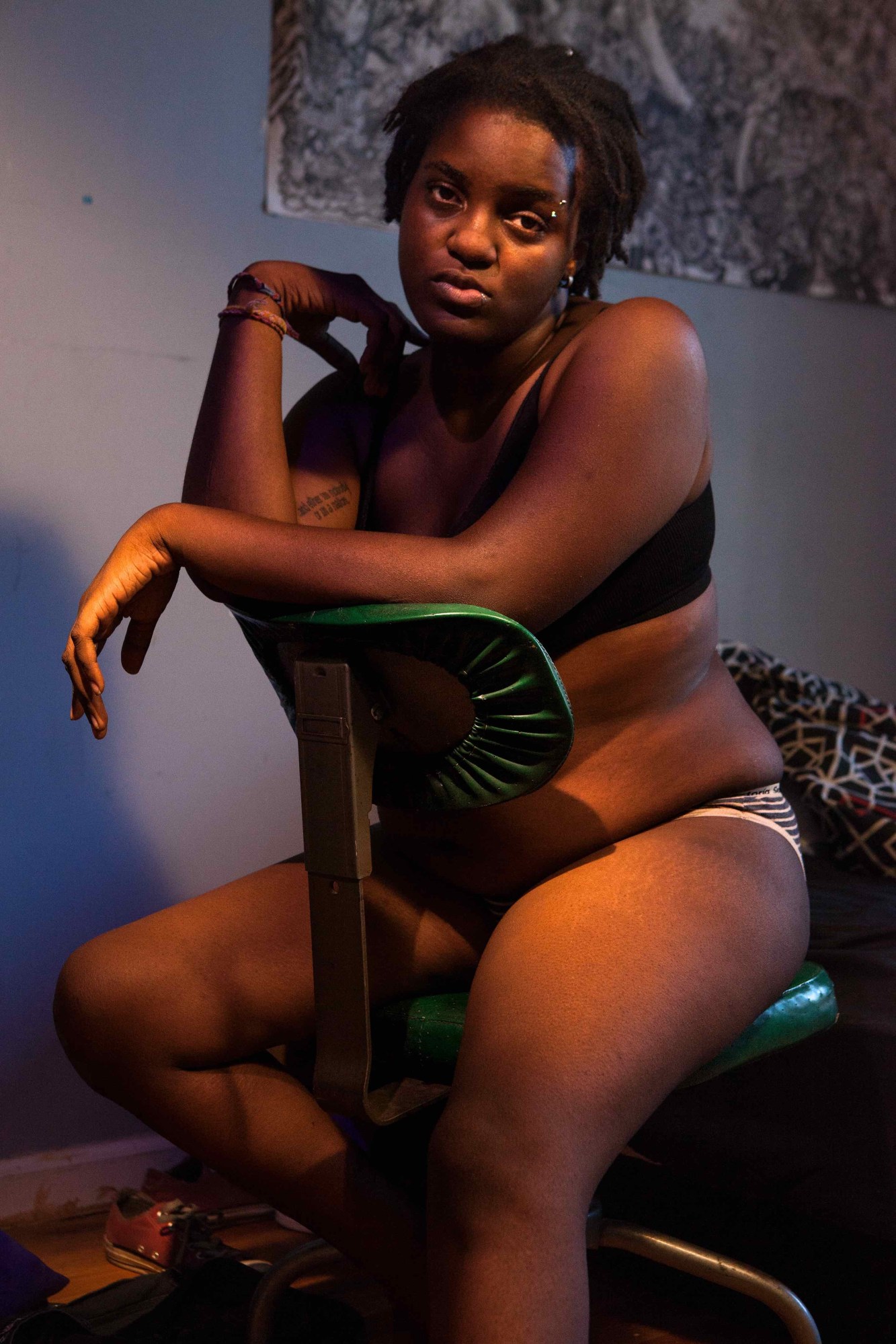
When it’s not you, it’s people in hyper private spaces. What draws you towards them?
I’m looking to capture the person in a place of comfort, exaggerating a few details in the composition to give it ostentation. Grounding the bizarre or glamorous into a moment that feels lived in. A gesture or pose that speaks to an experience and is less prepared. Something that incorporates an element of ordinary as a way to value the person photographed through several stages of expression. To offset what it means to be respectable and dignified through a photograph. Whenever I go to someone’s home I can’t help myself but to look around, especially at bathrooms and bedrooms. The privacy and sacredness of those areas in a home. I use elements of a person’s space to help illuminate some performative aspect of the person photographed. So a photo can be of someone and it can be about them, but it can also be of someone and be about some other idea or character that their person is prepared to embrace.
What are you reading right now?
For the last two months I’ve been on-and-off reading A Brief History of Seven Killings by Marlon James.
‘Art + Crush‘ is on view at Platform Gallery in Baltimore through November 27th.
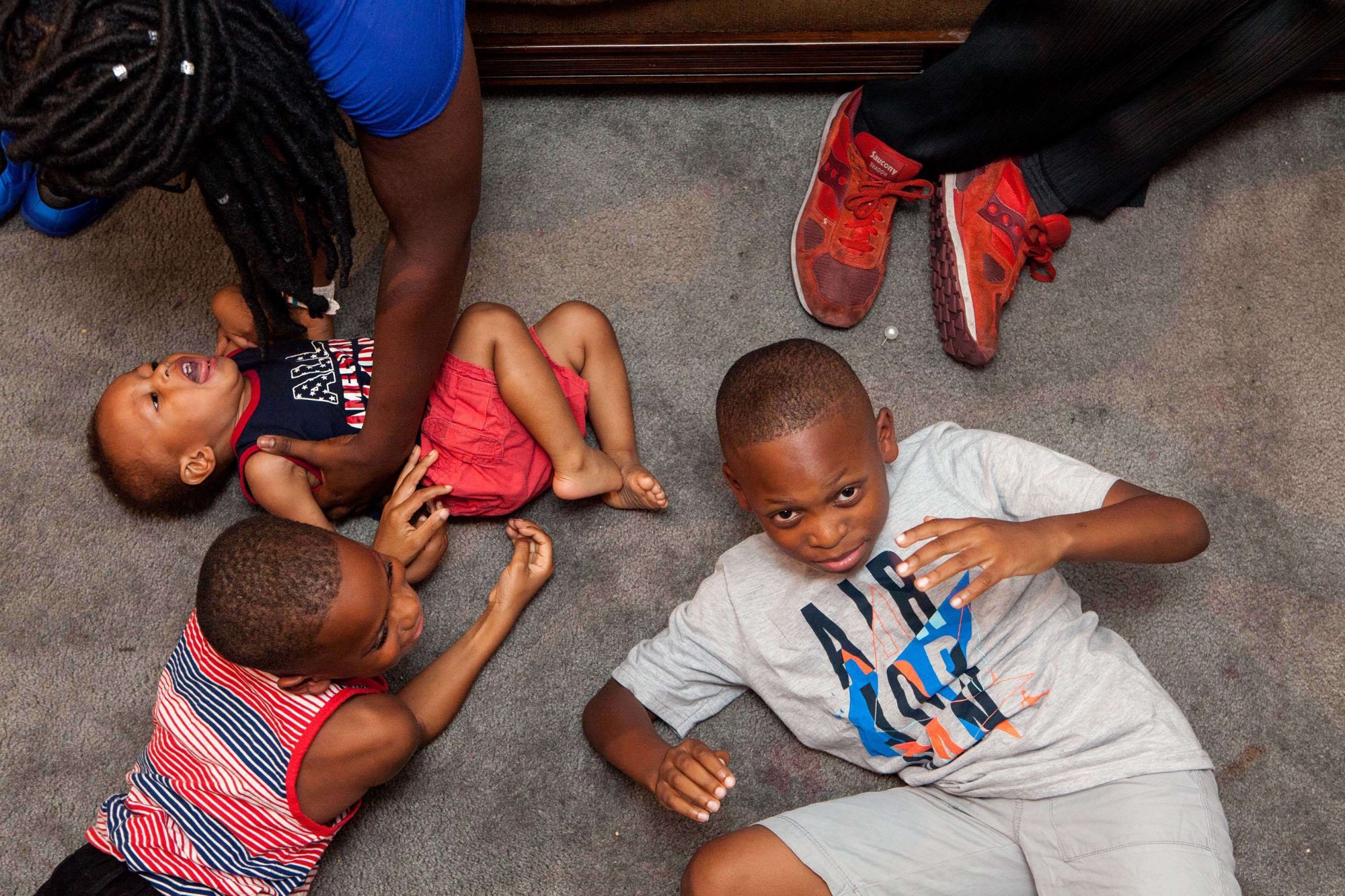
Credits
Text Michael Valinsky
Images courtesy Elliott Jerome Brown, Jr.
